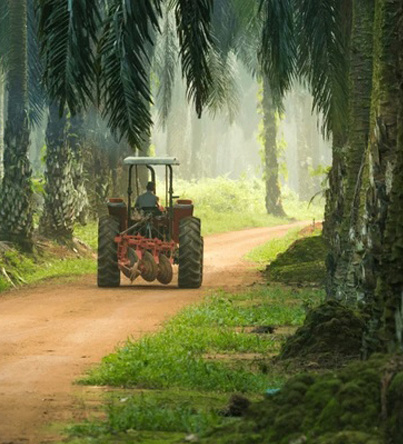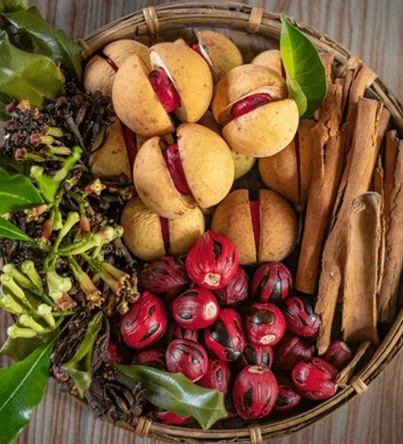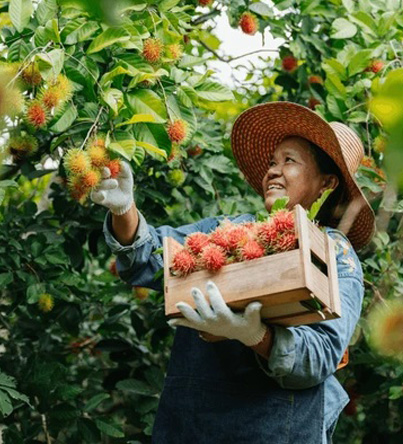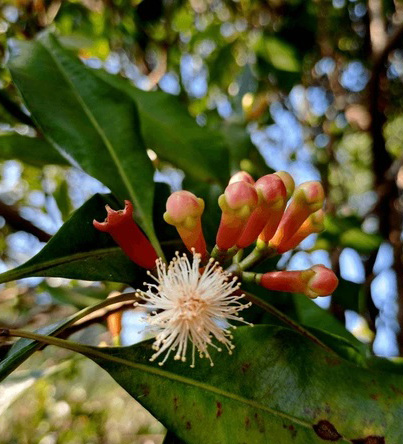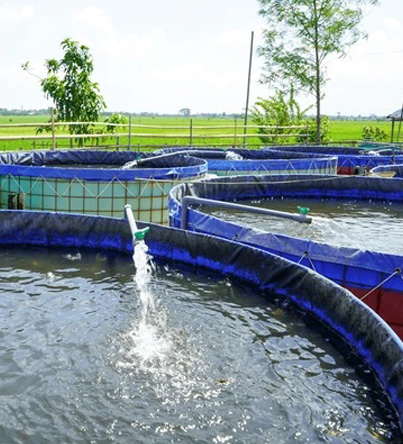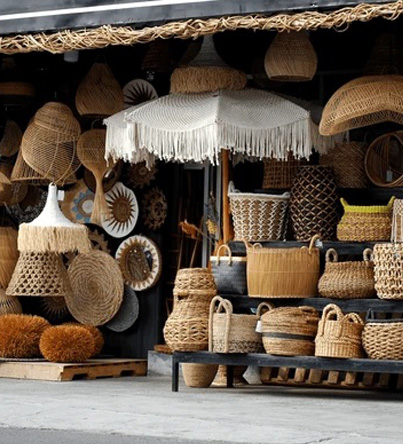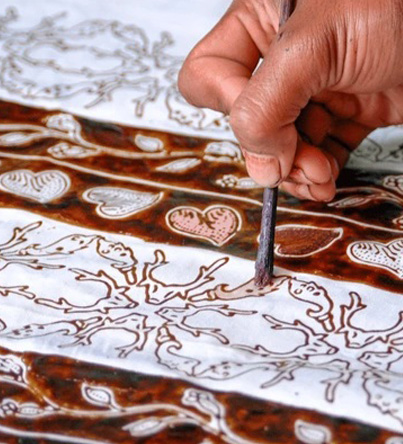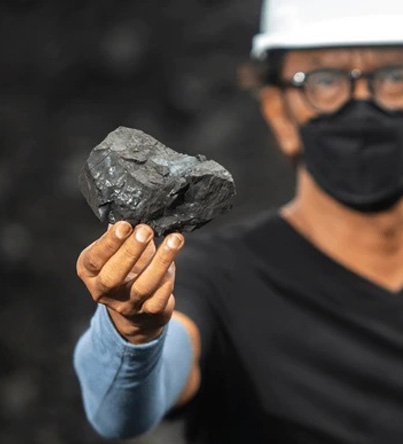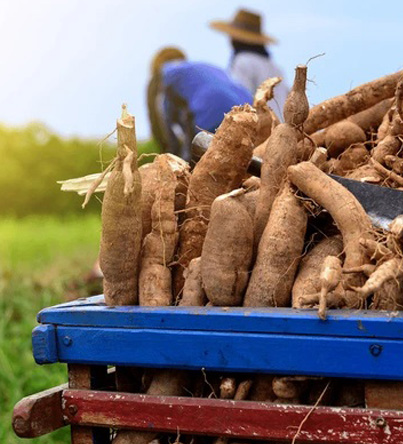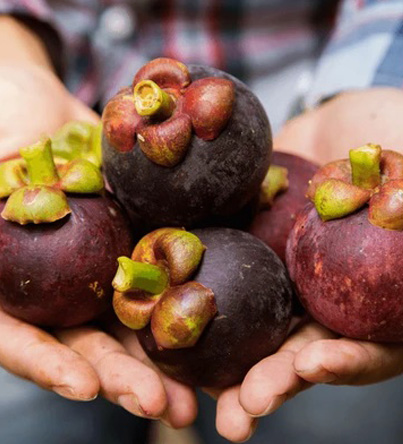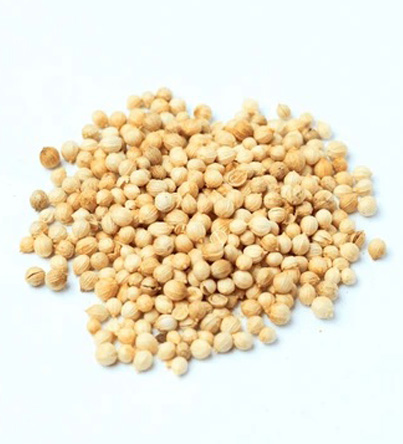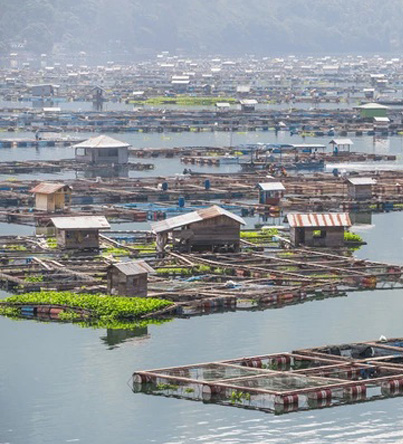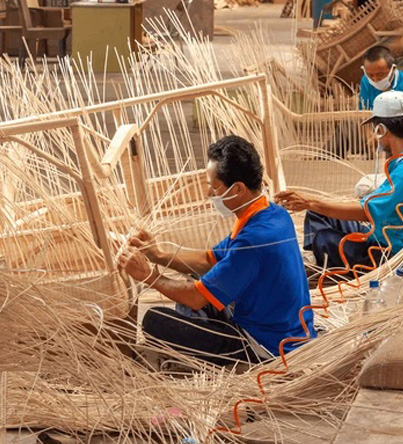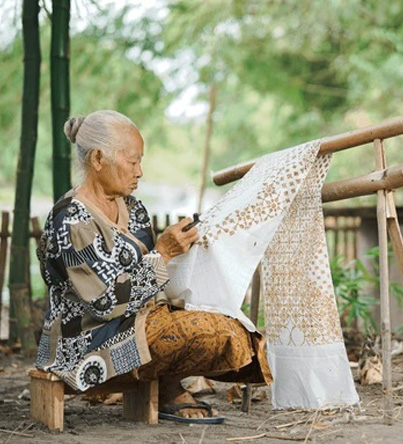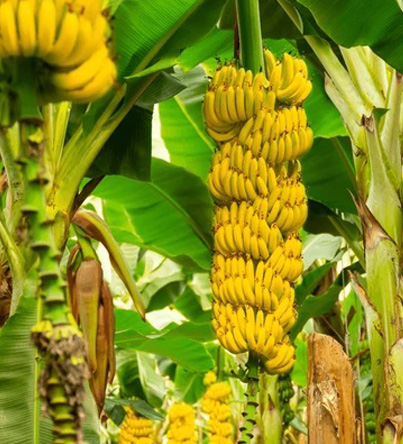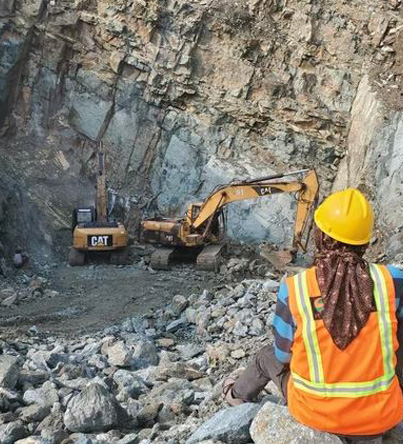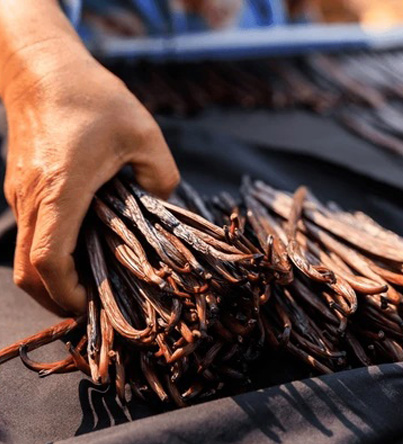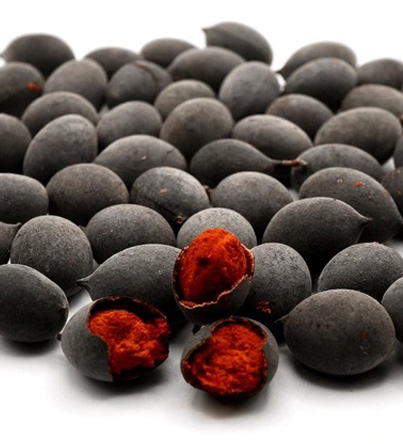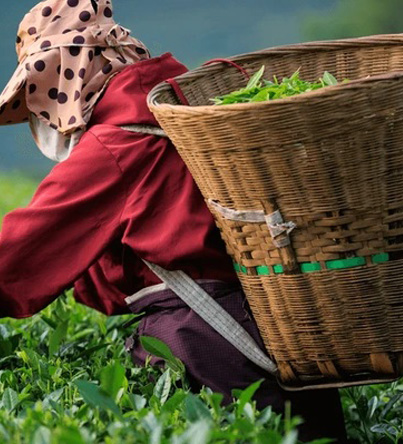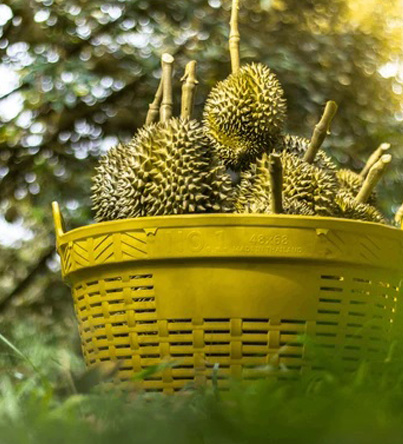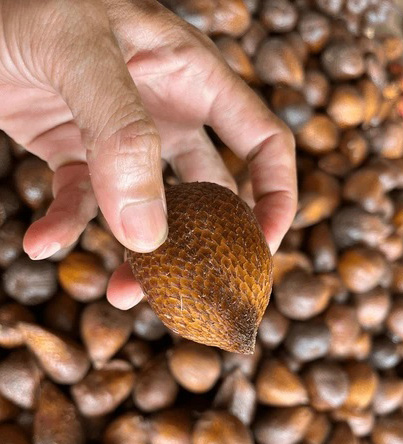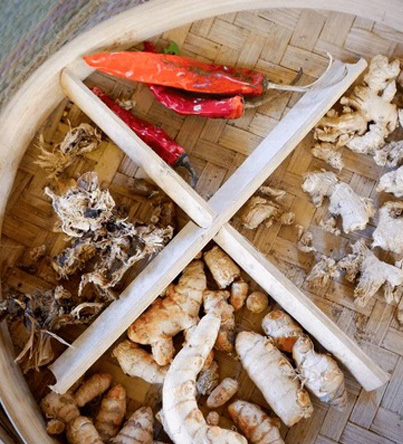Welcome to Indo Essentia Hudaya
-
-
Always here for you, open 24 hours!
Call Anytime
+62 857 7693 0572
Welcome to Indo Essentia Hudaya
Always here for you, open 24 hours!
Call Anytime
+62 857 7693 0572
A banana plantation project involves the cultivation of banana plants (Musa spp.), one of the most widely consumed fruits globally. The project begins by selecting a suitable location in tropical or subtropical regions, where bananas thrive in warm temperatures with consistent rainfall and fertile, well-drained soil. The first step in the project is land preparation, which includes clearing the area and ensuring the soil is nutrient-rich. High-quality banana suckers or seedlings are then planted in rows, ensuring adequate spacing for healthy growth. Banana plants typically take around 9 to 12 months to mature, depending on the variety and climate conditions. Bananas grow in clusters, and once the bananas reach maturity, the bunches are harvested. The fruits are harvested while still green, as they ripen during transportation and storage. After harvesting, bananas are sorted, packed, and transported to markets for domestic or international trade.
Bananas are not only a major food source but also a key export crop in many tropical countries, with diverse varieties available, such as Cavendish, red bananas, and plantains. This project can help boost local economies by providing both domestic and export opportunities. Banana plantations also offer environmental benefits, such as preventing soil erosion and promoting biodiversity when managed sustainably. Additionally, banana plantations create employment opportunities for local communities in farming, harvesting, and packing, thus contributing to rural development.
Diversification of Agriculture
High Market Demand
Health Benefits and Growing Popularity
Suitable for Tropical Climates
